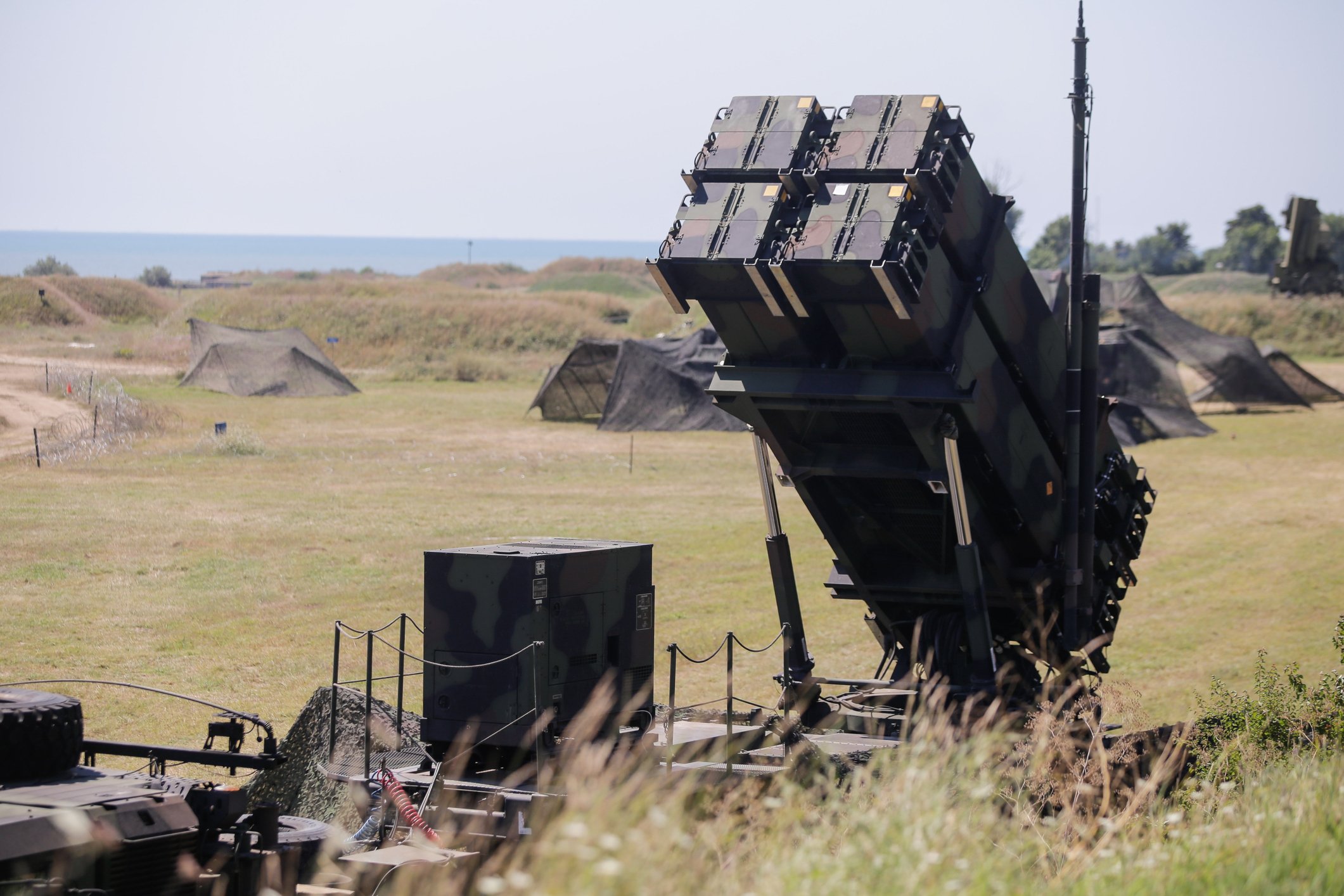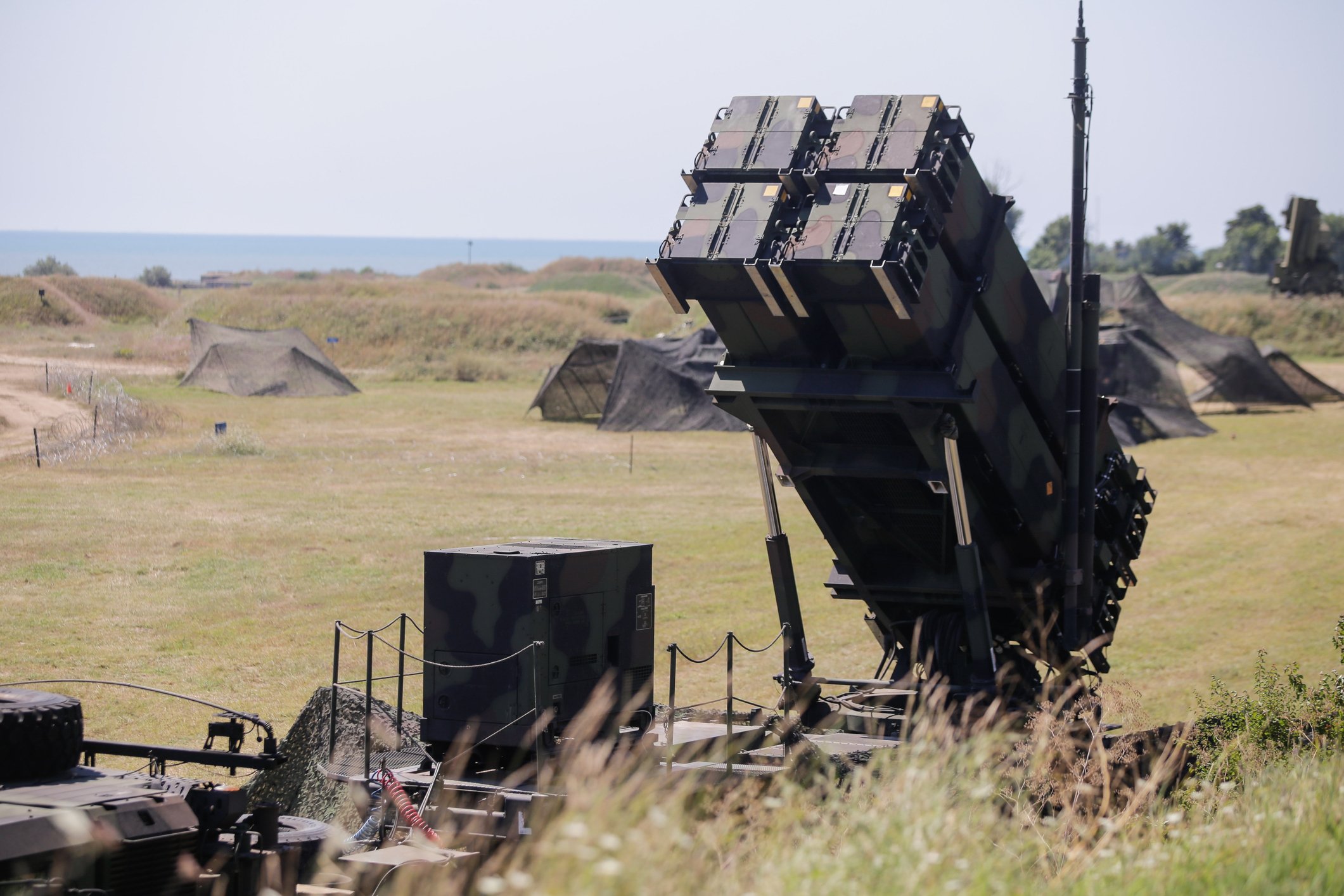
The U.S. Air Force once tried to turn a Boeing 747 into an airborne laser. What will it try next? Photo source: Wikimedia Commons.
What do we want?
LASER GUNS!
When do we want them?
ANY DAY NOW!
It's been nearly three years since the U.S. Air Force canceled and mothballed its last Airborne Laser-armed Boeing 747 -- but over at the Pentagon, they're determined to keep hope alive.
Late last year, we ran at least a couple of articles here on military strategists mulling the possibility of installing a laser cannon in one of Lockheed Martin's (LMT +1.76%) newer fighter jets -- either the current F-35 variant or perhaps a new, "sixth-generation" fighter yet to be named. Given that the latter hasn't been built yet, though, while the former is still learning to shoot the gun it's already got, both these projects may still lie some ways off.
But now here's one plane we could stick a laser gun in... today.

"Here I come to save the day!" AC-130 in flight. Photo source: Flickr.
Last week, website DefenseTech.org reported that the U.S. Air Force Special Operations Command, or AFSOC, is vetting the idea of "adding a laser or directed energy weapon to the AC-130J Ghostrider," the gunship derived from Lockheed Martin's successful C-130 Hercules transport aircraft.
The AC-130J is currently designed as an aerial weapons platform carrying a 30mm GAU-23/A chaingun and 105mm howitzer, plus an assortment of precision-guided bombs and missiles. But according to Air Force Lt. Gen. Bradley Heithold, head of AFSOC, American laser technology is now sufficiently "mature" to consider adding an honest-to-goodness laser gun to the mix.
Heithold isn't alone in thinking this. Last year, U.S. Air Combat Command's Col. Tom Coglitore noted that "lasers have made significant progress over the last decade or two." And retired Air Force colonel Mark Gunzinger agreed, telling Defense News that putting laser guns on airplanes is "no longer a pipe dream."
What it means to Lockheed Martin
That sounds like more bad news for ISIS and other targets of U.S. air power -- but it could be very good news for Lockheed Martin, and for its investors as well. You see, here at The Motley Fool, we're as interested as anyone in keeping up with developments in laser technology. But what we're really looking for is developments that could affect investors' portfolios. With that in mind, I see two pluses for Lockheed Martin in this AFSOC news.
First, Lockheed Martin is currently working on a laser project for the U.S. Defense Advanced Research Projects Agency, or DARPA. (Don't get too excited. So is everyone else). But if the Air Force decides to put a laser cannon on a Lockheed AC-130J gunship, and Lockheed just happens to have a working laser gun handy, odds are it will be first in line to try it out.
Even if Lockheed's laser gun is not chosen to fly on the AC-130, though, simply serving as integrator to some other company's laser gun should give Lockheed valuable in-flight experience in how airborne lasers work. Experience it can add to what it learned from its Airborne Laser project a few years ago. Experience it can use in designing new fighter jets that might be armed with laser guns in years to come.
That could prove to be a powerful force multiplier for Lockheed Martin, as it works to maintain and expand its dominance in fighter jets. And given that Lockheed Martin depends on fighter jets to fuel sales in its largest business segment (Aeronautics -- worth nearly $15 billion in revenues last year, according to S&P Capital IQ), that's an advantage that can't be overestimated.
And it's one more reason to get excited about Lockheed Martin stock.

"Hey! I think I see a blank space where Lockheed can put its laser gun..." Photo source: Flickr.






